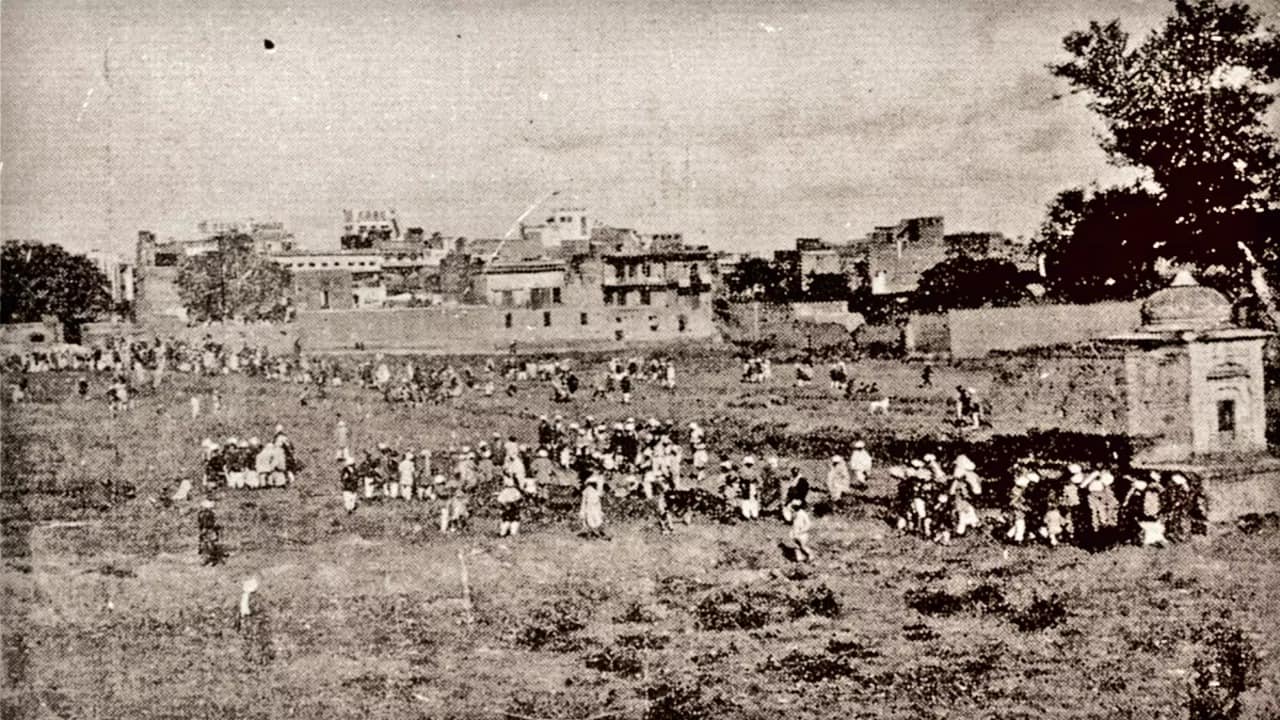



Music is a powerful medium through which protest movements have been created and carried forward. Protest music is commonly associated with music that conveys a strong political message and is aimed at dismantling injustice, racism, and oppression.
In the West, musicians like Nina Simone, John Lennon and Bob Dylan have been recognised for their roles in political activism. From anti-slavery songs to songs about civil rights, music has been a powerful tool for bringing people together.
We Shall Overcome has been sung at protests since the 1940s, when it was first used in the labour movement. It was also one of many songs sung by protesters during the Civil Rights Movement in the US.
The song War by Edwin Starr, written during America’s involvement in Vietnam, was used in protests against the war even though it talked about racial conflicts going on inside the US at the time. This Land Is Your Land was written by American folk singer Woody Guthrie in 1940 in critical response to Irving Berlin's patriotic ballad God Bless America. This song was used in numerous protest movements with variations in many other countries.

It might seem that protest music in India is a modern movement with an influx of socially conscious, politically opinionated artists but protest songs in India date back to the pre-independence era.
One of the most famous was penned by Bankim Chandra Chatterjee in the 1870s. The poem Vande Mataram was first sung by Rabindranath Tagore at the 1896 session of the Indian National Congress. India's independence movement relied heavily on it. In 1905, it became a popular marching song.

The colonial government banned the song and the novel containing it (Bengali novel Anandamath) for the sense of patriotism it was instilling in Indians. However, workers and other members of the public defied the ban and many were imprisoned repeatedly for singing it in public.
Following the Jallianwala Bagh massacre in 1919, Urdu poet Bismil Azimabadi wrote the poem Sarfaroshi Ki Tammana in 1921. The first couplet was later used as a war cry by freedom fighter and poet Ram Prasad Bismil and subsequently by the younger generation of freedom fighters such as Ashfaqullah Khan, Bhagat Singh, and Chandrashekhar Azad.

In 1924, Shyamlal Gupta immortalised the Indian flag by writing an ode to it. He composed the timeless lines Vijayi vishwa tiranga pyara, jhanda ooncha rahe hamara after Mahatama Gandhi assumed leadership of the freedom movement and the Tricolour became a symbol of India's struggle for independence. The song became an integral and inseparable part of that struggle.

Poets from different parts of the country fired up the movement with their patriotic lines. Songs were written in every language—from Hindi, Bengali, and Odiya to Tamil and Telugu. The lyrics resonated with locals who began extending their support to the freedom struggle.
The history of India's independence struggle is incomplete without examining the role music played in spreading awareness, instilling a sense of patriotism, which is the lifeblood of any freedom movement, and bringing people together. Songs written during the time have become part of Indian culture and continue to inspire.
And the music continues to offer opportunities to participate in political issues or any other matter that needs attention. Protest music in India now represents not just the voice of youth who feel left out of the cycle of development but also their aspiration for a more egalitarian society.
Discover the latest Business News, Sensex, and Nifty updates. Obtain Personal Finance insights, tax queries, and expert opinions on Moneycontrol or download the Moneycontrol App to stay updated!